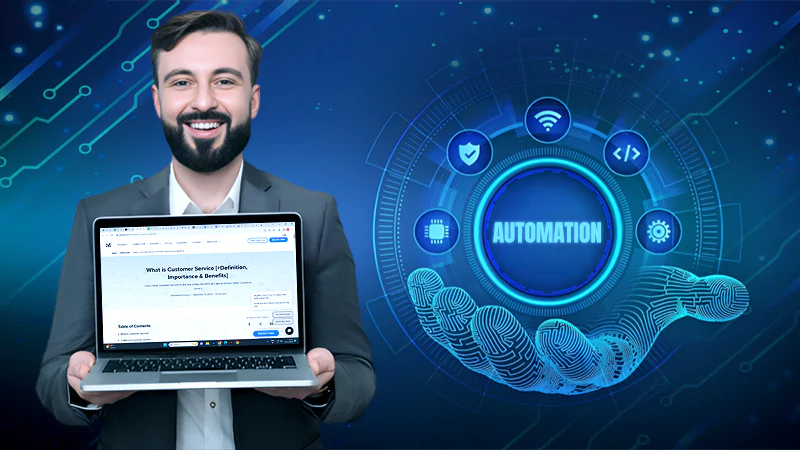In the era of the pandemic, more and more companies are working remotely, and their employees need to access the company’s resources from their homes and other locations. When employees of any organization work from multiple locations, security becomes a critical issue.
Usernames and passwords are the cornerstones of user authentication, but they’re no longer sufficient to keep data safe. As cyber-attacks get more sophisticated, businesses are using single sign-on and multi-factor authentication to combat them. Let us know more about Single sign-on and Multi-Factor Authentication in this post.
Using a Single Sign-on
Single sign-on is an authentication approach that allows users to authenticate themselves at the start of their work shift by executing a master sign-on. The SSO solution then logs users into any of the linked software platforms they need for their job.
One Master Password
A single master password may appear to contradict the idea of greater data security, but on closer inspection, having just one password allows users to create a very strong password rather than the various easy-to-crack passwords that employees use to avoid forgetting them. Aside from that, several passwords broaden the attack surface for cybercriminals, regardless of the security mechanisms in place.
What Is Multi-Factor Authentication
Additional levels of protection are necessary since password guessing and login access are two of the most common sources of cyber assaults. Multi-factor authentication (MFA) requires users to enter two or more identity factors while accessing an application. These details are unique to the user, making them difficult to predict or duplicate. Hackers and unscrupulous parties will have a harder time accessing sensitive data using the MFA technique.
Why Use Single Sign-On
SSO eliminates password fatigue, reduces help desk workload, and reduces security risks for customers, vendors, and partner entities by simplifying user authentication management. It enables users to login into multiple accounts using a single set of credentials. As the password is made strong, it also improves identity protection, increases access speed, reduces help desk workload, and reduces security risks for customers, vendors, and partner entities.
Why Use Multifactor Authentication
MFA can provide extra layers of security for individuals and their data requirements. If one of the elements, like a user’s password, is stolen or compromised, the other factors give an extra layer of security and assurance to the user’s identity. MFA asks for an additional identity factor to access an application that adds an additional layer of security to your account.
It’s critical to integrate SSO and MFA in a method that fits your organization’s specific cyber security requirements. A cyber security consulting business can help you integrate these data loss prevention technologies into your existing structure. A professional can determine whether SSO is appropriate for your users and when MFA is required. Your company can strike a balance between network security and user experience if you take the appropriate approach.
















